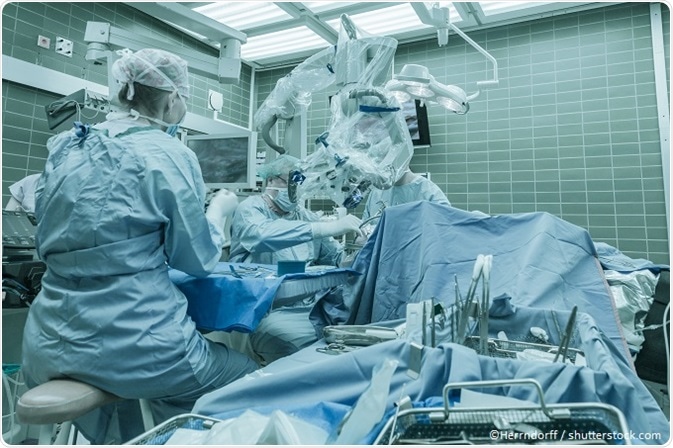what is citalopram used for

Surgical oncology is the medical specialty that is concerned with the surgical treatment and removal of tumors. In fact, surgery is one of the oldest means of treating cancer. Ancient Egyptians in the 7th century meticulously described techniques for the removal of tumors of the breasts. Thanks to recent advances in terms of the safety and efficacy of anesthesia, surgery, in general, avodart drug interactions has been rapidly evolving.

The specialists responsible for carrying out these procedures are called surgical oncologists and are typically general surgeons who underwent additional training in the management of oncological patients. Thus, they do not commence their training until after approximately 5 – 7 years of training in general surgery.
Surgical oncologists often form part of a multi-disciplinary team and provide valuable insight to this group of professionals. Surgical oncologists may share their expertise with regard to the techniques necessary for biopsies, the resectability of the cancers and the role of surgery, if it is necessary.
They may subspecialize in varying body regions, to limit their focus to particular types of cancers. This approach allows for optimal management with regards to the diagnosis and treatment as well as the prevention of those cancers.
There is often collaboration with geneticists, pathologists, radiologists and medical oncologists. Geneticists are vital for giving insights into the screening strategies and/ or prevention of hereditary cancers. Like other members of the multi-disciplinary team, they also optimize the treatment possibilities.
Collaboration with pathologists is necessary for ensuring the quality assurance of the surgery and the need for additional therapies based on mutational and/ or tumor immuno-phenotyping. Radiologists and medical oncologists assist with the planning of the surgery and ensure that applicable therapies are used when they are indicated.
Techniques
Surgical oncologists not only remove cancerous lesions, but some of the surrounding tissue at the site of the lesions as well. This is a preventative means against local recurrence of the tumor. It is known as a clear margin incision. In some instances, however, it is not possible to completely remove the tumor.
Therefore, parts of it are removed in order to alleviate the symptoms that the mass effect of the tumor produces. This technique is referred to as debulking. Symptoms of mass effect include pain, bleeding, obstruction of the airway, or nerve disturbances due to compression.
It is crucial that the surgical oncologist is skilled in removal of the tumor for quality assurance. This is particularly important, because adjuvant radio- and chemotherapy may not compensate for surgeries that have been inadequately or poorly conducted.
Moreover, the draining lymph nodes of the tissue involved may also be surgically removed. This depends on the type of cancer and its spread. In cases where there is spreading of the cancer, chemo- and/ or radiotherapy is necessary. Lymph node involvement may not be a favorable prognostic sign as this may be an indication that the cancer has had the chance to metastasize.
References
- http://www.essoweb.org/what-is-surgical-oncology/
- https://www.oncolink.org/cancer-treatment/surgery/overview/surgical-oncology-the-basics
Further Reading
- All Cancer Content
- What is Cancer?
- What Causes Cancer?
- Cancer Glossary
- Cancer Classification
Last Updated: Feb 26, 2019

Written by
Dr. Damien Jonas Wilson
Dr. Damien Jonas Wilson is a medical doctor from St. Martin in the Carribean. He was awarded his Medical Degree (MD) from the University of Zagreb Teaching Hospital. His training in general medicine and surgery compliments his degree in biomolecular engineering (BASc.Eng.) from Utrecht, the Netherlands. During this degree, he completed a dissertation in the field of oncology at the Harvard Medical School/ Massachusetts General Hospital. Dr. Wilson currently works in the UK as a medical practitioner.
Source: Read Full Article